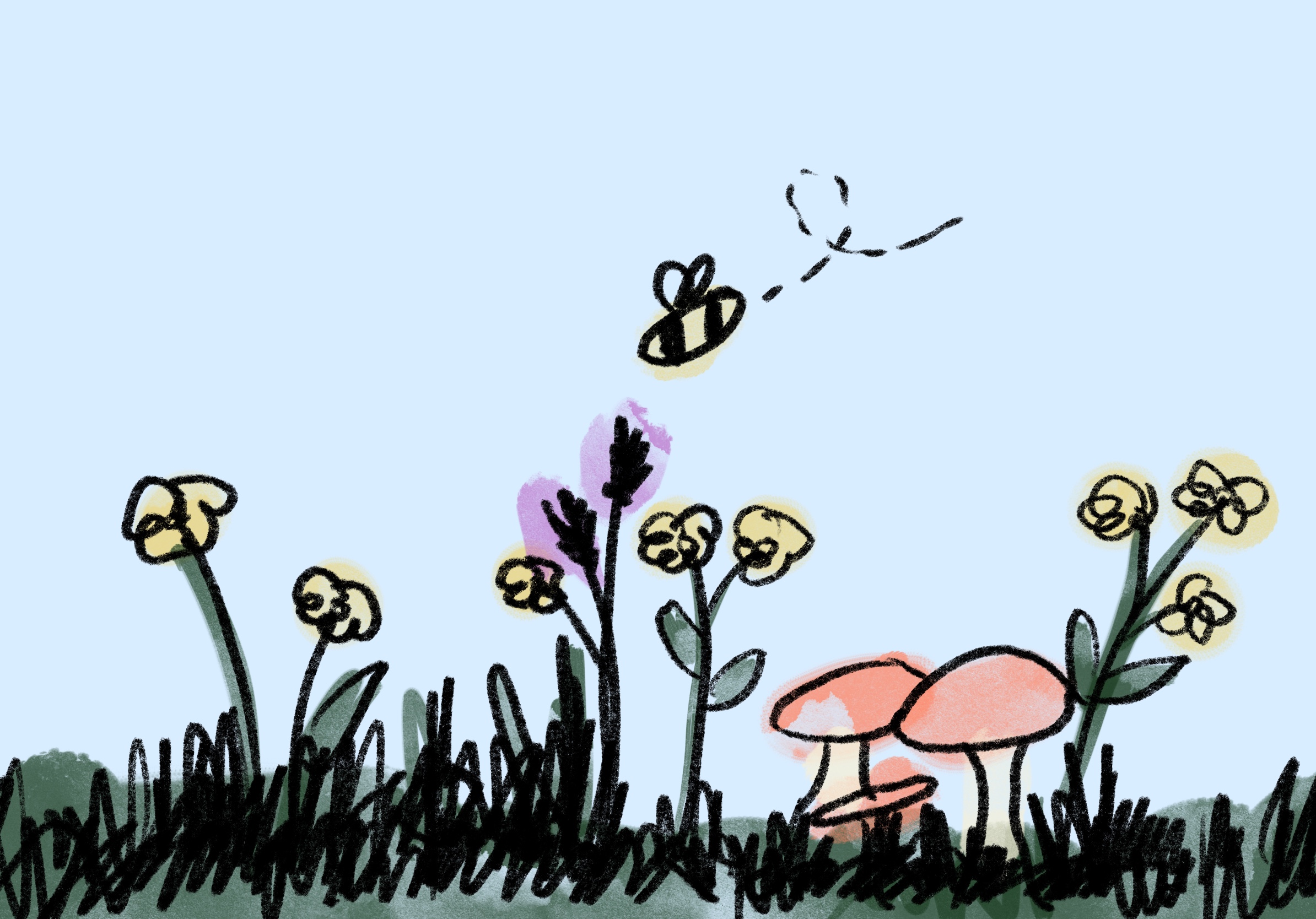One night, while engaged in conversation while crashing in a friend’s apartment, my appearance was cheekily described as “cottagecore.”
There are many traditional ways to designate a person’s fashion sense — say, “hipster” if they thrift and wear beanies, or “preppy” if they have a penchant for collared shirts and crewnecks — but cottagecore is a bit of a novelty designation. I graciously took it as a compliment, but could not stop pondering the implications of this mysterious descriptor for the rest of the day.

If you have ever passed time scrolling through TikTok or Pinterest, chances are that you have come across quite a few internet-born trends. And if you have come across internet-born trends, you probably already spotted one that consists of homemade antique trinkets, springtime prairie dresses, foraged plants, bothy retreats with flourishing green meadows, and other associated utopic idylls. It is known to many Generation Z-ers as “cottagecore.”
Cottagecore emphasizes the beauty of the natural world and simple living with clarity and conviction. With its popularity owing itself to digital collages consisting of randomly assorted and unsourced internet pictures falling under the pastoral visual aesthetic, cottagecore could be considered a form of artistic expression.
The cottagecore artistic call for nature parallels the Romantic era call for nature in their shared adoration of what historians refer to as the homespun age in response to expanding, space transgressing technologies.
Cottagecore has been described as a movement by many reputable sources, but it is not. A movement is characterized by literal movement activity. If anything, cottagecore is a movement made stationary because of its overemphasis on aesthetics that prematurely quells true movement and renders its naturalist ethos hollow.
Wearing a fast-fashion cardigan and sweatshop-produced floral shirt, I was wearing nothing homespun or ethically sourced when I was referred to as cottagecore. Then a question arises: how can one describe cottagecore if it is not a movement?
By failing to address the alienation caused by overreliance on digital landscapes instead of physical ones, cottagecore is more accurately described as feckless escapism. When the Romantics sought comfort through artistic depictions of nature, their comfort was materialized through actual movement by revolutionaries against industrialization: the Luddites destroyed mills that displaced them of jobs, unemployed Londoners incarcerated in workhouses resisted their overlords in the pauper protests and the mass 1848 insurrections known as the “springtime of the peoples” made discontentment with industrial era class stratification known. Meanwhile, through cottagecore, we seek comfort … and only comfort.
Perhaps it is the impending doom of a seemingly unsolvable climate crisis in conjunction with the spatiotemporally claustrophobic digital era that immobilizes us against movement. Still, cottagecore is as young and fresh as the dewdrops in its downloadable fields. Hopefully, cottagecore can inspire those obsessed with it to not merely react, but act, so that those nostalgic, rustic visions of Arcadia become reality once again.














